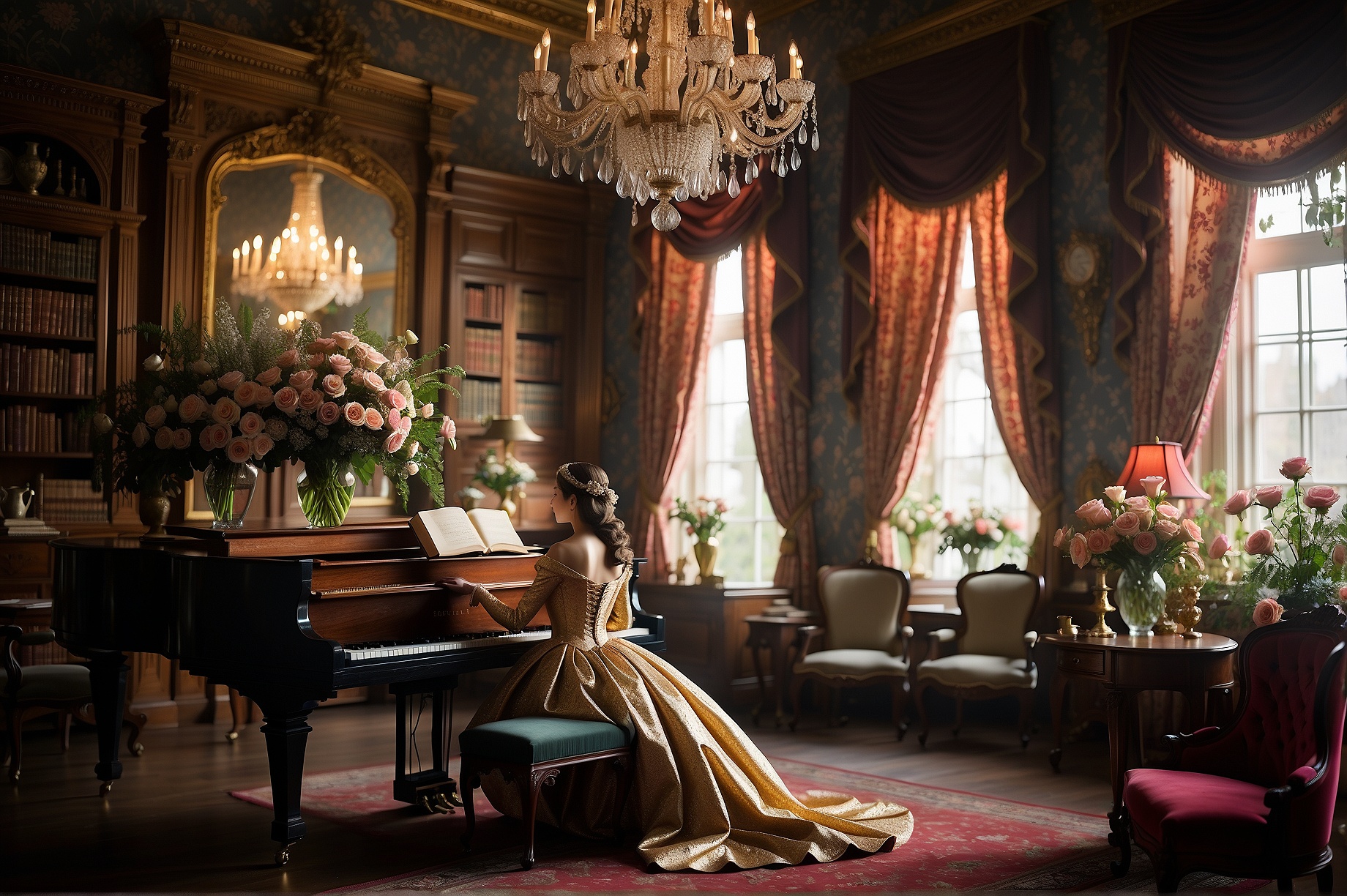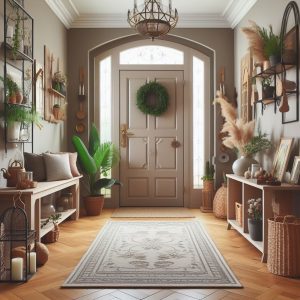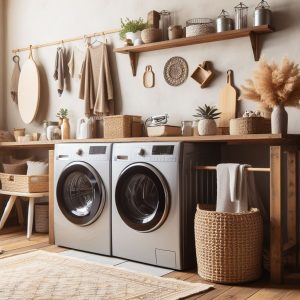Step back in time and immerse yourself in the enchanting world of Victorian interior design. From opulent furniture and intricate wallpaper patterns to ornate details and elegant color palettes, the Victorian era is known for its distinctive charm and sophistication. In this article, you will discover the key elements of Victorian interior design and get inspired to infuse your own home with the timeless beauty of the past. Get ready to embark on a journey through history and indulge in the grandeur of Victorian aesthetics.
The History of Victorian Interior Design
Introduction
Victorian interior design refers to the style and aesthetic that was popular during the reign of Queen Victoria in the mid to late 19th century. This period marked a significant shift in design, as the Industrial Revolution brought about new materials and technologies that greatly influenced the way homes were decorated. Victorian interior design is known for its opulence, elegance, and attention to detail, making it a timeless and highly sought-after style even in modern times.
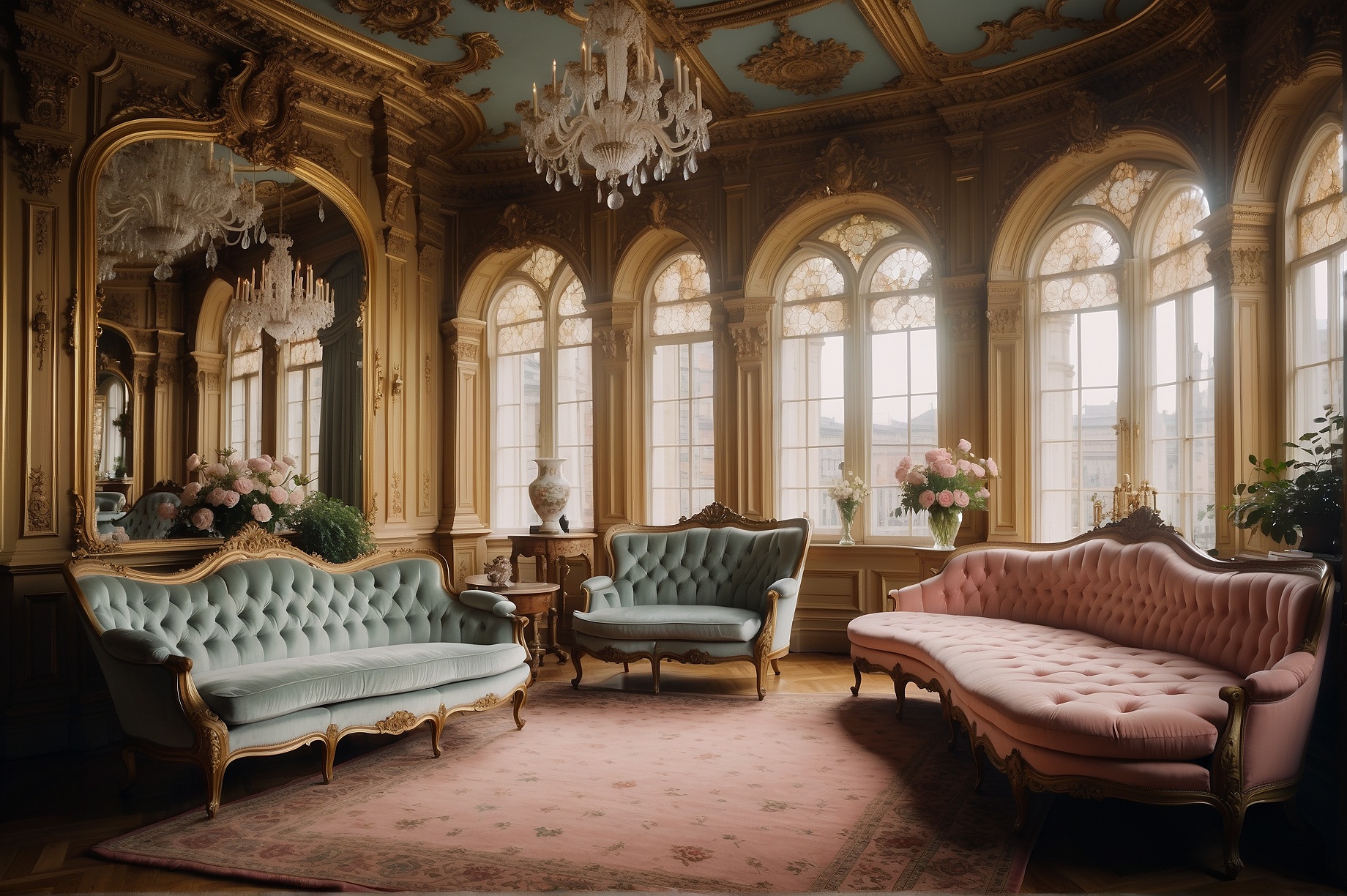
Influences
Victorian interior design drew inspiration from various sources, incorporating elements from both the past and present. One of the major influences on this style was the Gothic Revival movement, which celebrated medieval architecture and design. This led to the use of pointed arches, intricate details, and a sense of grandeur in Victorian interiors. The Arts and Crafts movement also played a role in shaping Victorian design, as it emphasized the importance of handcrafted items and showcased the skill of artisans.
Characteristics
Victorian interior design is characterized by its lavishness, rich colors, and intricate details. The style often incorporates bold patterns, ornate furniture, and decorative accents that exude a sense of luxury and sophistication. Victorian interiors are known for their layering of textures and materials, creating a visually appealing and harmonious space. Whether it’s the opulent lighting fixtures, stunning wallpaper, or elaborate molding, every element in a Victorian interior is meticulously chosen to create a cohesive and visually stunning design.
Colors and Patterns in Victorian Interior Design
Rich and Bold Colors
Victorian interior design is known for its use of rich and bold colors. Deep reds, dark greens, purples, and blues were commonly used to create a dramatic and regal atmosphere. These colors were often seen in upholstery, drapery, and wallpaper. However, it’s worth noting that lighter shades such as creams and pastels were also used, especially in more feminine spaces. The juxtaposition of vibrant and muted tones added depth and visual interest to Victorian interiors.
Intricate Patterns
Pattern plays a crucial role in Victorian interior design. Intricate patterns were commonly found on wallpapers, upholstery, carpets, and drapery. Florals, damasks, stripes, and intricate geometric motifs were popular choices. These patterns added visual texture and complexity to the space, reflecting the attention to detail characteristic of the Victorian era. Mixing and matching different patterns was also a common practice, creating a vibrant and eclectic design.
Furniture in Victorian Interior Design
Elegant and Elaborate Pieces
Furniture in Victorian interior design is often characterized by its elegance and intricacy. Elaborately carved wood, ornate detailing, and luxurious fabrics were commonly seen in Victorian furniture. Pieces were typically large and imposing, reflecting the wealth and status of the homeowners. Sofas and chairs were often upholstered with dark, plush fabrics such as velvet or brocade. Carved wooden legs, arms, and backs added a touch of opulence, while tufted cushions provided both comfort and style.
Key Furniture Styles
Several key furniture styles emerged during the Victorian era, each with its own unique characteristics. The Rococo Revival style was marked by graceful curves, intricate carvings, and a sense of lightness. The Gothic Revival style, on the other hand, featured pointed arches, tracery motifs, and heavily carved details inspired by medieval architecture. The Eastlake style, influenced by the Arts and Crafts movement, focused on simplicity and showcased the natural beauty of the wood through simple geometric designs. These furniture styles are still sought after today for their timeless beauty and the craftsmanship they represent.
Decorative Accents in Victorian Interior Design
Ornate Details
Ornate details can be found throughout Victorian interior design, adding an extra layer of luxury to the space. From intricate woodwork to gilded accents, no detail was too small to be overlooked. Ornate mirrors with intricate frames adorned the walls, reflecting light and creating the illusion of a larger space. Candlesticks, decorative boxes, and vases with intricate patterns and motifs were displayed on tables and mantelpieces, adding a touch of elegance and refinement.
Lavish Window Treatments
Windows were an important element in Victorian interior design, and lavish window treatments were often used to enhance their beauty. Thick, floor-length curtains made from heavy fabrics such as velvet or brocade were common. These curtains were often layered with sheer or lace curtains to provide privacy while still allowing light to filter through. Swags, tails, and elaborate pelmets adorned the top of the curtains, adding a decorative touch and framing the windows beautifully.
Opulent Lighting Fixtures
Lighting fixtures in Victorian interior design were grand and ornate, serving as both functional and decorative elements. Chandeliers with multiple arms and crystal droplets were a popular choice, casting a warm and inviting glow throughout the room. Wall sconces with intricate designs were also common, providing additional lighting while adding a touch of sophistication to the walls. These opulent lighting fixtures were often the centerpiece of the room, commanding attention and adding a sense of grandeur.
Walls and Ceilings in Victorian Interior Design
Patterned Wallpaper
Patterned wallpaper was a staple in Victorian interior design and played a crucial role in defining the overall aesthetic of a room. Floral designs, intricate damasks, and geometric patterns were commonly used to add visual interest and depth to the walls. Rich colors such as deep reds, greens, and blues were favored. Wallpaper was often installed from floor to ceiling, creating a cohesive look and adding a sense of grandeur to the space.
Decorative Molding and Paneling
Victorian interior design often featured decorative molding and paneling on the walls. Intricate crown moldings, chair rails, and wainscoting were used to create a sense of elegance and refinement. These details added depth and visual interest to the walls, enhancing the overall design of the room. Decorative paneling, such as picture rails and dado rails, were also commonly seen, providing a space to display artwork and decorative objects.
Stunning Ornate Ceilings
Ceilings in Victorian interior design were not overlooked when it came to intricate detailing. Elaborate cornices, ceiling medallions, and decorative plasterwork were commonly used to create stunning focal points on the ceiling. These ornate designs added a sense of grandeur and sophistication to the room, drawing the eye upward and adding another layer of visual interest to the space. From intricate floral patterns to decorative motifs, Victorian ceilings were often a work of art in themselves.
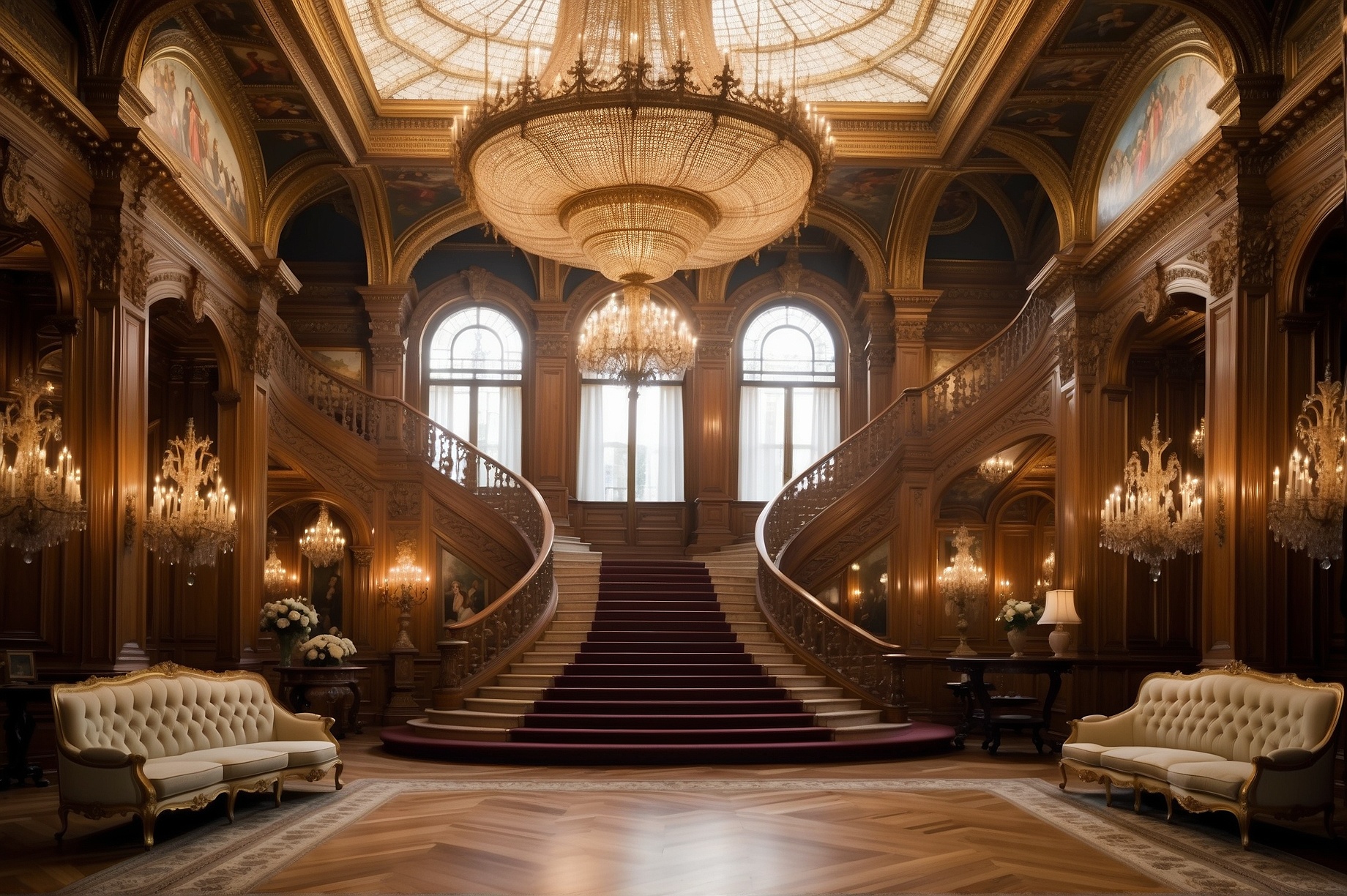
Flooring in Victorian Interior Design
Luxurious Carpets and Rugs
The choice of flooring in Victorian interior design was often influenced by a desire for luxury and comfort. Carpets and rugs played a significant role in creating a cozy and inviting atmosphere. Axminster carpets, with their intricate patterns and rich colors, were a popular choice for larger rooms. These carpets were often seen in deep reds, blues, or greens and featured ornate floral or geometric designs. Smaller rugs with similar patterns were used to define seating areas and add warmth to the space.
Intricate Parquet and Tile Designs
In addition to carpets and rugs, Victorian interior design also favored intricate parquet and tile designs for flooring. Parquet flooring, with its geometric patterns and rich wood tones, added a sense of elegance and sophistication to a room. Intricate tile designs, such as encaustic tiles or decorative mosaic patterns, were also used to create visually stunning floors. These flooring choices added depth and visual interest to Victorian interiors, showcasing the craftsmanship and attention to detail of the era.
Fireplaces in Victorian Interior Design
Grand and Eye-Catching Mantelpieces
Fireplaces were a prominent feature in Victorian interiors and served as both a source of warmth and a focal point in the room. The mantelpiece, with its elaborate design and intricate carvings, was often the centerpiece of the fireplace. Mantelpieces were made from various materials such as marble, wood, or cast iron, depending on the homeowner’s budget and personal taste. These grand mantelpieces not only provided a place to display decorative objects but also added a sense of grandeur and elegance to the room.
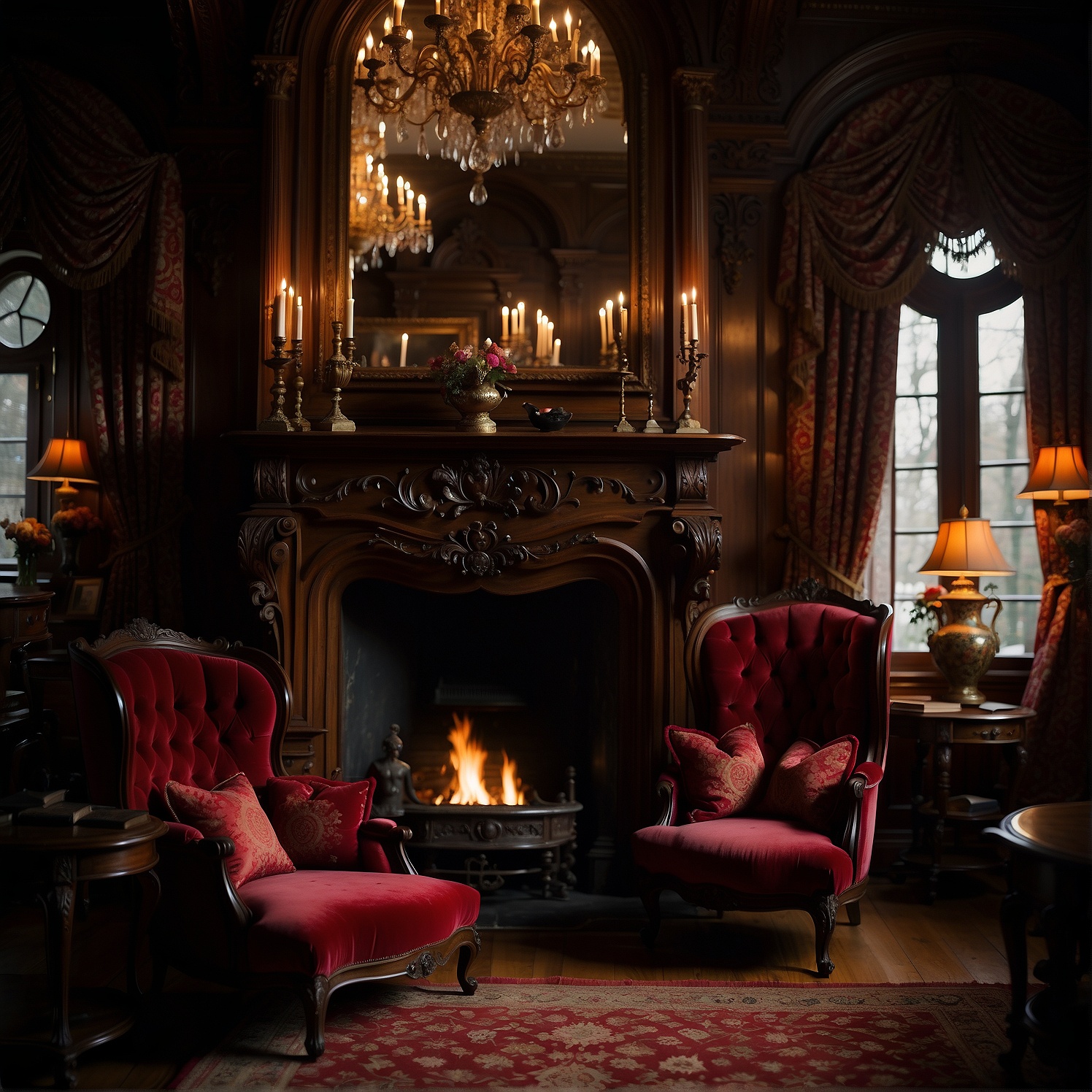
Elaborate Surrounds and Tiles
The fireplace surround and tiles were also carefully chosen in Victorian interior design. Elaborate tile patterns, often featuring floral or geometric motifs, adorned the area around the fireplace, adding visual interest and enhancing the overall design of the room. Tiles made from materials such as ceramic, encaustic, or ornately patterned cast iron were commonly used. The combination of a grand mantelpiece and intricately designed tiles created a stunning and eye-catching fireplace area.
Windows and Doors in Victorian Interior Design
Stained Glass Windows
Stained glass windows were a popular feature in Victorian interior design, adding color, beauty, and a touch of elegance to the space. These windows featured intricate patterns and designs, often depicting scenes from nature or incorporating floral motifs. The vibrant colors of the stained glass windows created a stunning visual display when sunlight filtered through, adding a warm and inviting ambiance to the room. Stained glass windows were commonly found in larger homes and public buildings, showcasing the wealth and refined taste of the homeowners.
Ornate Carved Wooden Doors
Victorian interior design paid great attention to the design and craftsmanship of doors, which served as the entryways to each room. Ornate, carved wooden doors were popular, featuring intricate designs and detailing that reflected the overall style of the home. Floral motifs, geometric patterns, and scrollwork were common elements found on Victorian doors. These beautiful doors added a touch of elegance and sophistication to the room, setting the tone for the interior design beyond.
Art and Decor in Victorian Interior Design
Victorian Paintings and Portraits
Art played an important role in Victorian interiors, with paintings and portraits often adorning the walls. Victorian paintings typically featured landscapes, still lifes, or portraits, capturing the beauty of nature and the elegance of the era. Portraits of family members were also commonly displayed, showcasing the wealth and social status of the homeowners. These artworks added a personal touch to the space and provided a conversation piece for guests.
Antique Collectibles and Curiosities
Victorian interior design often incorporated antique collectibles and curiosities, showcasing the homeowner’s taste, interests, and travels. China and porcelain collections were proudly displayed in cabinets, providing a visual focal point and adding a touch of elegance to the room. Decorative objects, such as figurines, vases, or clocks, were carefully chosen for their beauty and craftsmanship. These unique pieces added charm and individuality to Victorian interiors, reflecting the homeowner’s personality and passion for collecting.
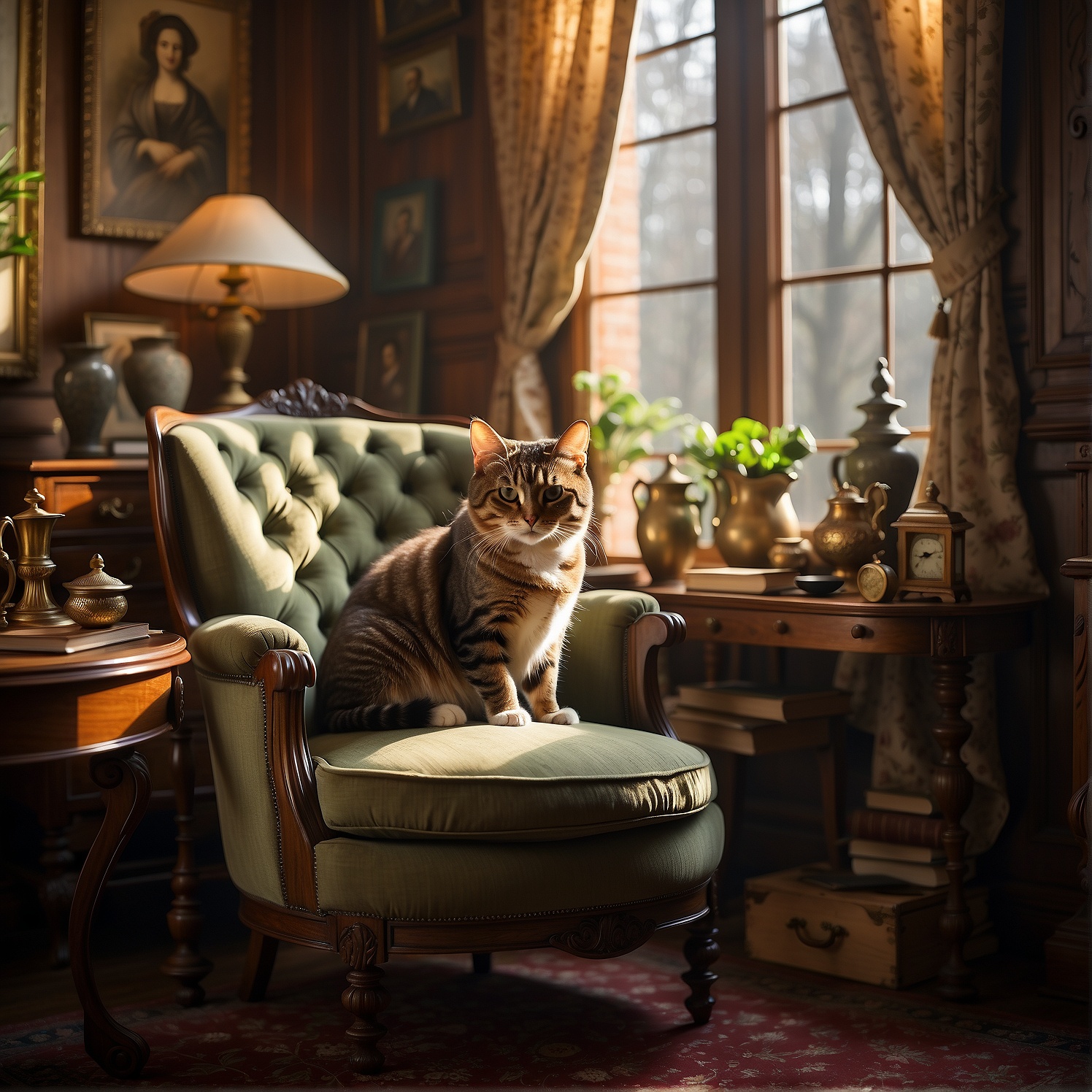
Bringing Victorian Interior Design into Modern Living Spaces
Blending Old and New
Bringing Victorian interior design into modern living spaces often involves blending old and new elements. Incorporating some Victorian-inspired furniture, such as a tufted sofa or an ornate side table, into a contemporary setting can add a touch of elegance and create a timeless look. Mixing vintage finds with modern pieces is another way to blend old and new successfully. Creating a balance between classic Victorian features and modern design elements allows for a harmonious and visually appealing space.
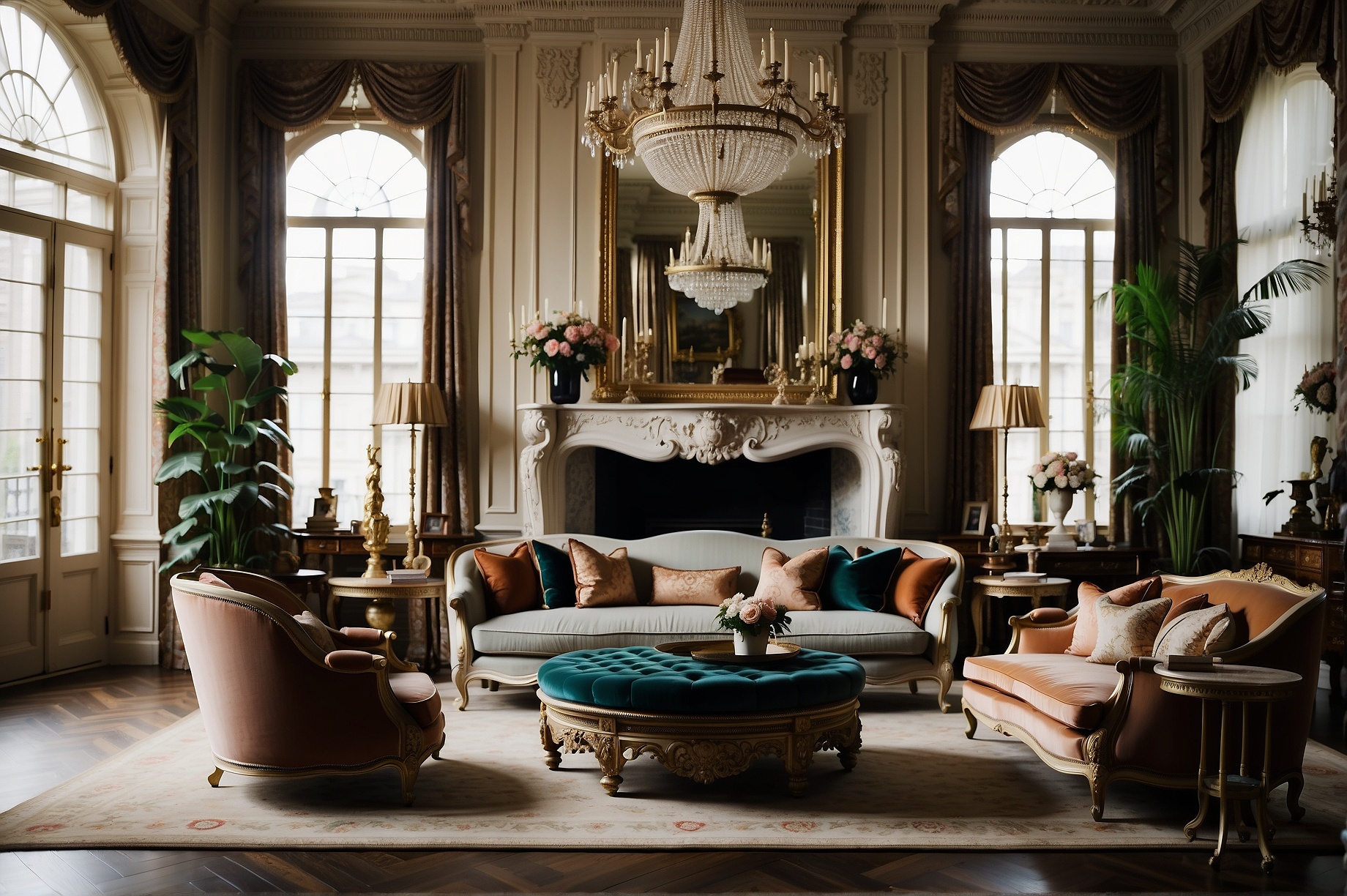
Choosing the Right Pieces
When incorporating Victorian interior design into modern living spaces, it is crucial to choose the right pieces that complement the overall aesthetic. Opt for furniture with Victorian-inspired details, such as decorative carvings or rich upholstery, that can be the focal point of the room. Select wallpaper or fabrics that capture the essence of Victorian design, incorporating the bold colors and intricate patterns characteristic of the era. By carefully selecting and curating the right pieces, it’s possible to create a modern space with a nod to the timeless elegance of Victorian interior design.
In conclusion, Victorian interior design continues to captivate and inspire us with its opulence, elegance, and attention to detail. From the rich colors and intricate patterns to the lavish furniture and decorative accents, every element of Victorian interior design exudes a sense of luxury and sophistication. By understanding the history and characteristics of Victorian design, as well as incorporating the right elements into modern living spaces, you can bring a touch of old-world charm and timeless beauty to your own home.

